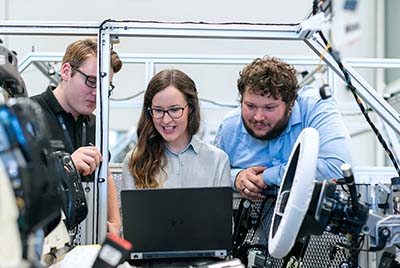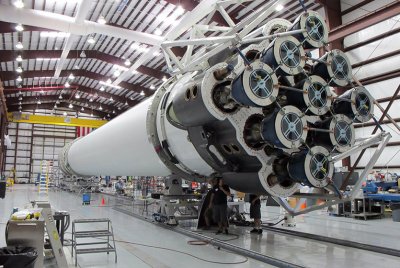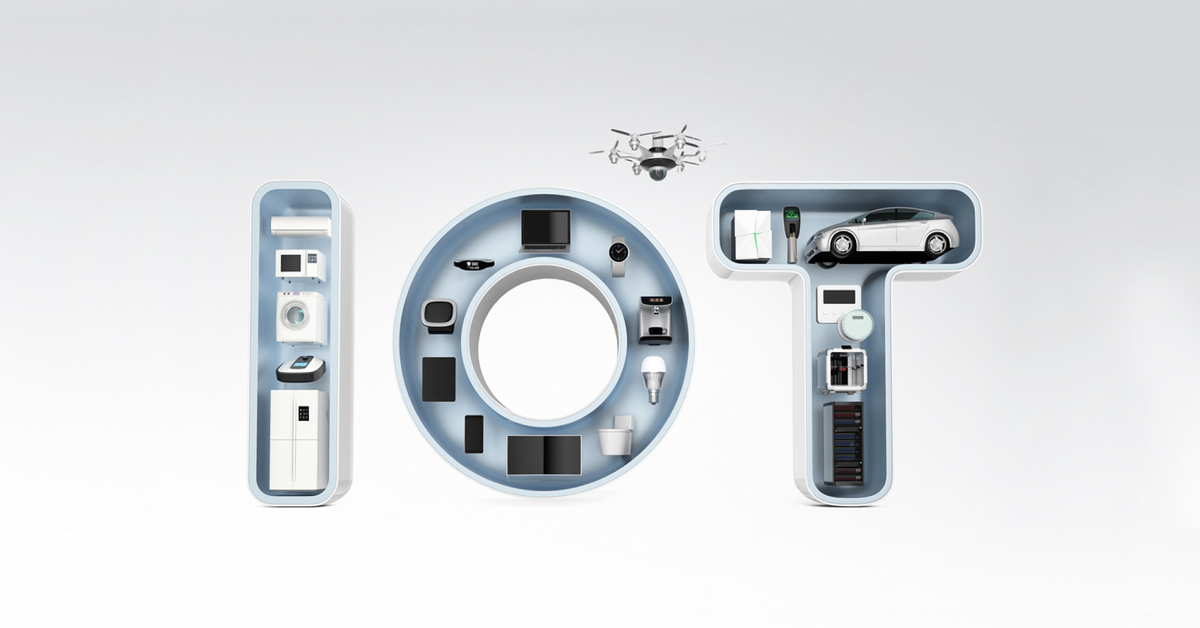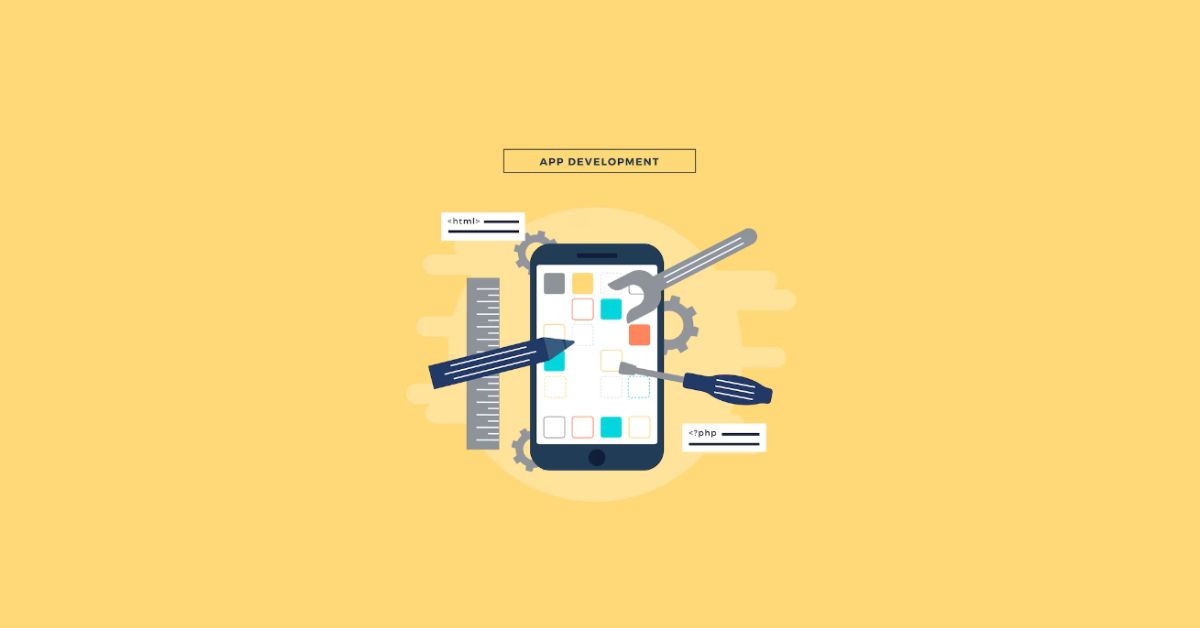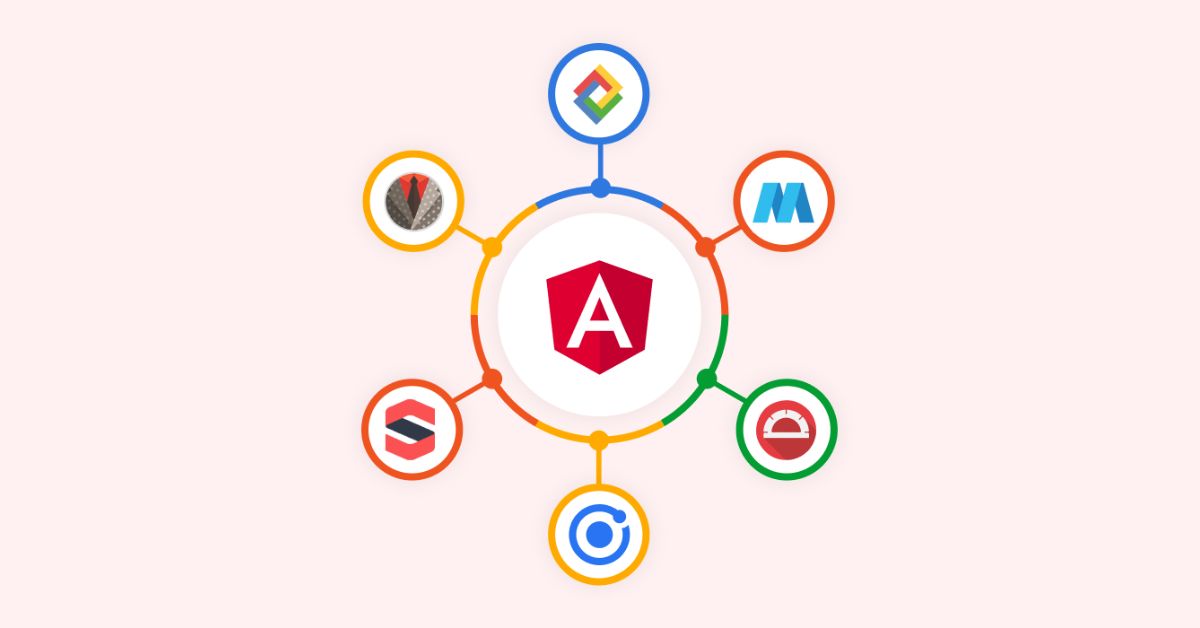Revolutionary advancements in technology have paved the way for innovative solutions across various industries. One such groundbreaking development is Automotive IoT (Internet of Things), which is transforming the automotive industry like never before. With its ability to connect vehicles and enable real-time data exchange, Automotive IoT offers unparalleled benefits and opens up a world of possibilities for manufacturers, service providers, and consumers alike. In this blog post, we will explore the use cases of Automotive IoT, delve into real-world examples of companies harnessing this technology, and discover how it is reshaping the future of automobiles.
- Benefits of Automotive IoT
– Enhanced Safety
– Predictive Maintenance
– Real-Time Navigation and Traffic Data
– Improved Fuel Efficiency
– Smart Fleet Management - Use Cases of Automotive IoT
– Connected cars and V2V communication
– Autonomous driving and Advanced Driver-Assistance Systems (ADAS)
– Predictive maintenance and telematics
– Usage-based Insurance (UBI) - Real-Time Example Of Automotive Companies Using IoT Technology
- Summary
- FAQs
Benefits of Automotive IoT
Revolutionizing the automotive industry, the Internet of Things (IoT) has paved the way for a new era of connected vehicles. With Automotive IoT, cars are no longer just modes of transportation; they have become smart machines that enhance safety, optimize performance, and revolutionize our driving experience.
Enhanced Safety
When it comes to driving, safety is always a top priority. With the introduction of Automotive IoT, our vehicles have become smarter and more capable of keeping us safe on the road.
One key aspect of enhanced safety provided by Automotive IoT is real-time monitoring and analysis of vehicle data. Through sensors and connected systems, cars can collect vital information such as tire pressure, engine performance, and braking patterns. This allows for proactive detection of any potential issues or malfunctions that could compromise safety.
Predictive Maintenance
This innovative technology enables vehicles to gather and analyze real-time data, allowing for better maintenance planning and more efficient operations.
By leveraging sensors and connectivity, automotive IoT can predict when a vehicle component is likely to fail or malfunction. This proactive approach eliminates the need for traditional scheduled maintenance or waiting until something breaks down unexpectedly.
With predictive maintenance, car owners can save time and money by addressing potential issues before they become major problems. For example, if a sensor detects abnormal wear on brake pads, it can alert the driver in advance so that they can get them replaced promptly.
Real-Time Navigation and Traffic Data
Gone are the days when you had to rely on outdated maps or guesswork to plan your route. With Automotive IoT, you can now access up-to-the-minute information about traffic conditions and make informed decisions about which routes to take.
Imagine being able to avoid congested roads and find alternative routes effortlessly. With real-time navigation and traffic data, you can do just that. This not only saves you time but also reduces stress during your daily commute.
Improved Fuel Efficiency
One of the significant benefits of IoT In Automobile is its ability to enhance fuel efficiency in vehicles. By integrating smart sensors and connectivity, IoT technology allows for real-time monitoring and analysis of various factors that impact fuel consumption.
The data collected through these sensors can help identify inefficient driving habits such as excessive idling, aggressive acceleration, or speeding. With this information, drivers can make informed decisions to modify their behavior and adopt more fuel-saving practices.
Smart Fleet Management
IoT in Automotive is the ability to implement smart fleet management systems. With connected vehicles, businesses can gain real-time insights into their fleet operations and make informed decisions to optimize efficiency.
By integrating IoT devices in vehicles, fleet managers can track vehicle location, monitor fuel consumption, manage driver behavior, and schedule maintenance tasks. This data-driven approach allows for better resource allocation, reduced downtime, and improved overall performance.
Smart fleet management also enables proactive measures to enhance safety. Connected sensors can detect risky driving behaviors such as harsh braking or sudden acceleration and provide immediate alerts to drivers or fleet managers. By addressing these issues promptly through training or corrective actions, companies can minimize accidents and ensure the well-being of their drivers.
Use Cases of Automotive IoT
Revolutionizing the automotive industry, the Internet of Things (IoT) has paved the way for a new era of connectivity and efficiency. With Automotive IoT at its helm, cars are no longer mere modes of transportation but rather intelligent machines that interact seamlessly with their surroundings. From smart fleet management to autonomous driving, this groundbreaking technology is transforming how we drive and perceive vehicles. Here we will delve into some exciting use cases of Automotive IoT that are reshaping the future on our roads.
Connected cars and V2V communication
With the help of IoT technology, cars can now communicate with each other, leading to enhanced safety and efficiency on the roads.
In a world where traffic accidents are all too common, V2V communication has the potential to save countless lives. By exchanging real-time data such as speed, location, and direction of travel between vehicles, connected cars can anticipate and avoid potential collisions. This proactive approach significantly reduces the risk of accidents and promotes safer driving practices.
But V2V communication isn’t just about safety; it also opens up exciting possibilities for improving traffic flow. By sharing information about road conditions or congested areas ahead, connected cars can collaborate in finding alternate routes or adjusting their speeds accordingly. This collective intelligence leads to smoother traffic patterns, reduced congestion, and ultimately shorter travel times for everyone on the road.
Autonomous driving and Advanced Driver-Assistance Systems (ADAS)
Autonomous driving and Advanced Driver-Assistance Systems (ADAS) are revolutionizing the automotive industry. With the help of IoT technology, vehicles can now navigate the roads without human intervention. This not only offers convenience but also enhances safety on the road.
ADAS uses sensors and cameras to detect obstacles, pedestrians, and other vehicles in real-time. It assists drivers by providing alerts for lane departure, blind spot monitoring, and automatic emergency braking. These features significantly reduce the risk of accidents caused by human error.
Predictive maintenance and telematics
Predictive maintenance and telematics are two key applications of Automotive IoT that have revolutionized the way vehicles are maintained and monitored. With the help of advanced sensors and connectivity, automotive companies can now predict when a vehicle component is likely to fail, allowing for timely repairs or replacements.
Telematics plays a crucial role in predictive maintenance by collecting real-time data from various components of the vehicle. This data includes information about engine performance, tire pressure, battery health, and much more. By analyzing this data using machine learning algorithms, automotive manufacturers can identify patterns and anomalies that indicate potential issues before they occur.
Telematics also enables remote monitoring of vehicles’ health status in real-time. This means that fleet managers can keep track of multiple vehicles at once without physically inspecting each one individually. They receive alerts whenever a problem is detected so that appropriate actions can be taken promptly.
Usage-based Insurance (UBI)
One of the significant benefits of Automotive IoT is its potential to revolutionize the insurance industry. Usage-based Insurance, also known as UBI, is a game-changer for both insurers and policyholders.
Traditionally, car insurance has been based on general factors such as age, driving history, and location. However, with Automotive IoT, insurers can now gather real-time data about individual drivers’ behaviors and usage patterns. This data includes information like distance traveled, average speed, braking patterns, and acceleration levels.
By analyzing this wealth of information through sophisticated algorithms and machine learning models, insurers can create personalized insurance policies that accurately reflect each driver’s risk profile. Policyholders who drive less frequently or exhibit safe driving habits will be rewarded with lower premiums while those who engage in risky behavior may face higher rates or penalties.
Real-Time Example Of Automotive Companies Using IoT Technology
The automotive industry has been quick to embrace the power of IoT technology, with numerous companies leveraging its capabilities to enhance their operations and improve customer experiences. Let’s take a look at some real-time examples of how automotive companies are using IoT:
- General Motors (GM): GM is utilizing IoT technology in various ways, from optimizing vehicle performance through data collection and analysis to enhancing safety features such as collision avoidance systems. With connected cars, they can remotely diagnose and fix issues, provide software updates, and even offer personalized services based on driver preferences.
- Tesla: Known for its cutting-edge innovations, Tesla uses IoT extensively in its vehicles. Through continuous connectivity, Tesla can gather data about their electric vehicles’ performance in real-time and push software updates remotely. This allows them to improve efficiency, address potential issues promptly, and introduce new features seamlessly.
- BMW: BMW incorporates IoT into their vehicles through the ConnectedDrive system. This enables drivers to access a wide range of services such as real-time traffic information, remote vehicle control via smartphone apps, and even integration with smart home devices.
- Ford: Ford’s SYNC platform integrates IoT technology into their vehicles by connecting them to smartphones or other smart devices seamlessly. Users can control various functions like navigation, entertainment systems, climate control settings through voice commands or mobile apps.
These are just a few examples showcasing how automotive companies are harnessing the power of IoT technology today. As the Internet of Things continues to evolve and advance further developments will undoubtedly reshape the future of mobility while offering innovative solutions for both manufacturers and consumers alike
Summary
The implementation of IoT in automobiles has opened up new possibilities for connectivity and data-driven insights. Vehicles can now communicate with each other as well as with surrounding infrastructure such as traffic lights or parking systems. This interconnectedness leads to smarter transportation systems that prioritize efficiency and reduce congestion on roads.
As we conclude our exploration into Automotive IoT, it is evident that this technology holds immense potential for shaping the future of transportation. With continued advancements in connectivity and data analytics capabilities, we can expect further improvements in vehicle safety, fuel efficiency, and overall user experience.
FAQs
Automotive IoT refers to the use of internet-connected devices in vehicles. These devices can collect and transmit data about the vehicle’s performance, environment, and occupants.
IoT is used in automotive for a variety of purposes, including:
Predictive maintenance: IoT devices can collect data about the vehicle’s performance and alert the driver or manufacturer of potential problems before they occur. This can help to prevent costly repairs and downtime.
Safety: IoT devices can be used to monitor the vehicle’s environment and alert the driver of potential hazards. This can help to prevent accidents.
Entertainment: IoT devices can be used to provide passengers with entertainment and information while on the go.
Connectivity: IoT devices can be used to connect the vehicle to the internet, allowing for over-the-air updates and new features.
One example of automotive IoT is a tire pressure monitoring system. This system uses sensors in the tires to monitor the pressure and alert the driver if the pressure is low. This can help to prevent accidents caused by underinflated tires.
IoT technology is changing the automotive industry in a number of ways, including:
Making vehicles more connected: IoT devices are making vehicles more connected to the internet and to each other. This is leading to new features and services, such as over-the-air updates and self-driving cars.
Improving safety: IoT devices are improving safety by monitoring the vehicle’s environment and alerting the driver of potential hazards. This is leading to fewer accidents and injuries.
Making vehicles more efficient: IoT devices are making vehicles more efficient by monitoring the vehicle’s performance and providing feedback to the driver. This is leading to reduced fuel consumption and emissions.
There is no one “best” example of an IoT device. The best IoT device for a particular application will depend on the specific needs of the user. However, some of the most popular IoT devices include:
Smart thermostats: Smart thermostats can learn the user’s schedule and adjust the temperature accordingly, saving energy.
Fitness trackers: Fitness trackers can track the user’s activity and sleep patterns, providing feedback and motivation to improve their health.
Security cameras: Security cameras can be used to monitor the home or business for security purposes.
The future application of IoT is vast and still being explored. Some potential future applications of IoT include:
Self-driving cars: Self-driving cars will rely on IoT technology to communicate with each other and with the environment.
Virtual reality (VR) and augmented reality (AR): VR and AR headsets can be used to provide drivers with a more immersive driving experience.
3D printing: 3D printers can be used to create custom parts and accessories for vehicles.
IoT has a wide range of applications, including:
Manufacturing: IoT can be used to monitor and control industrial equipment, improve efficiency, and reduce costs.
Healthcare: IoT can be used to monitor patients’ health, track medication adherence, and provide remote care.
Retail: IoT can be used to track inventory, improve customer service, and personalize the shopping experience.
Agriculture: IoT can be used to monitor crops, livestock, and soil conditions, and improve yields.
Transportation: IoT can be used to track vehicles, optimize traffic flow, and improve safety.






